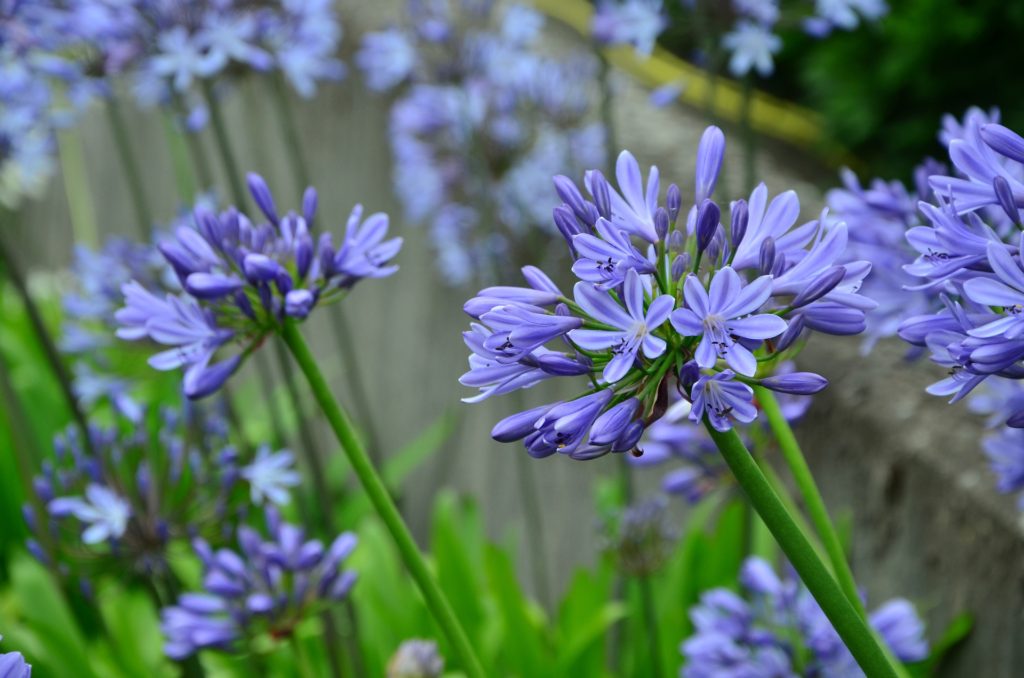Fire on your property can be terrifying and smallholders in provinces where winters are dry, and dangers of veld fires are high, should examine the vegetation in their garden. “Firescaping” means arranging the features of your garden in a way that inhibits the spread of fire, for example by increasing the amount of open space, and cultivating fire-resistant plants.
Fire resistant plants
Obviously, all plants will eventually burn if a fire is hot enough, but some take much longer to do so than others. Pine trees, for example, explode when heated sufficiently, spreading burning embers in all directions, as was graphically illustrated on the slopes of Devil’s Peak previously.
Zone your garden
The outer zone can act as a buffer between your fields and your home. Clear away or apply herbicide to invasive alien trees and shrubs, as these tend to burn easily. Conifers, deodars and pines are recognised as being the least fire-resistant plants in a garden, so you need to assess whether they pose a danger. Be sure to remove whatever you have cut down from the site so that there are no piles of dead material lying around.

Plant this area with low growing, fleshy-leaved ground covers, such as vygies, (Lampranthus, Malephora, Drosanthemum, Delosperma and Carpobrotus), Gazania, Arctotis, Cliffortia ferruginea and Aloe brevifolia (pictured in article main image). These need to be watered at least once a week to retain their high fire-resistant quality. Suitable bulbs could include Tulbaghia violacea, Agapanthus and Watsonia.
Replacing flammable fences
The area between the peripheral buffer zone and the inner band around the house forms a medium resistance zone. Consider designing “island beds” surrounded by lawn, paving or gravel. Allow plenty of space between plants that are near your home, ensuring that the trees and shrubs do not touch each other or create a ladder effect that can deliver a fire to the house. Interplant the islands with low growing ground covers.

The zone immediately surrounding your house might need re-thinking for your firescaping, as it leaves the house most vulnerable. Consider creating a 3m-wide zone of hard landscaping, lawn or low growing fire-resistant plantings around the house. This patio zone is a great place for shade loving, flowering plants. Climbers or trellises that are attached to the walls of the house pose a high-risk fire area as these act as “ladders” for the fire.
This is part three in a five-part series, Preparing for Fire Season. For more, click here.

